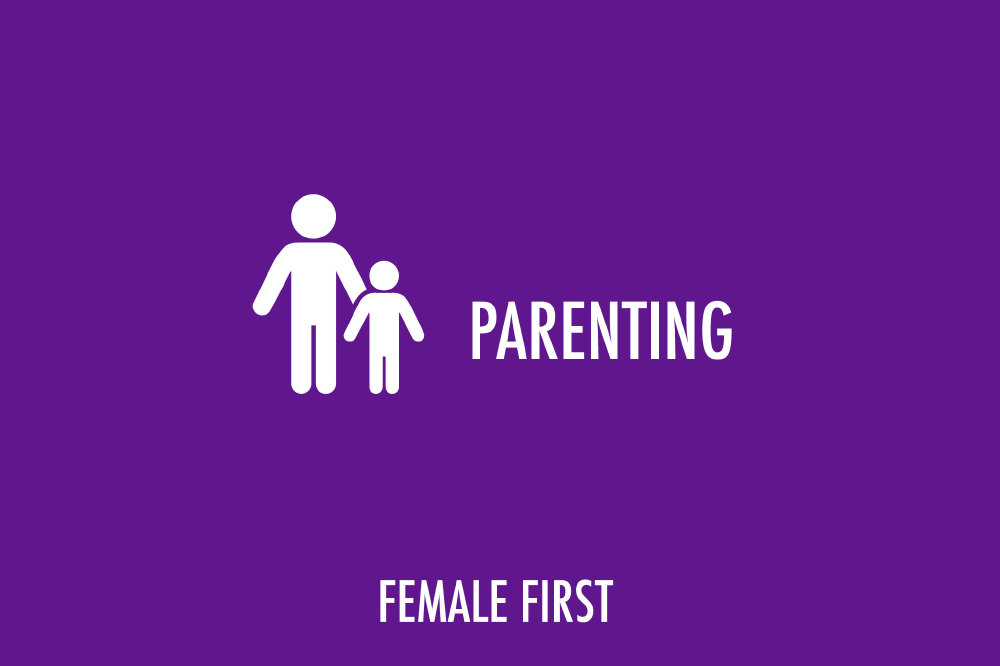By Hamish McPhillips, Silver Cross’ Car Safety Manager

Parenting on Female First
Think about how the seat will be used
For a newborn, there are two main options when purchasing a first stage car seat - a traditional infant carrier or a multi-group 0+/1 combination car seat.
An infant carrier can easily be removed from your car, used to carry your baby from home to the car or used with your pram. An ISOFIX base can be purchased separately, to make it easier to attach and remove the infant carrier from your vehicle.
Depending on the rate of growth, infant carriers only tend to accommodate your baby for around the first year. On i-Size seats, look for height ranges given in centimetres. The largest infant carriers can accommodate babies up to 85cm in height. Remember, however, the maximum baby weight limit for an infant carrier is 13kg.
The other popular option is a multi-group 0+/1 combination seat, which will accommodate your child for longer, normally up to a maximum of 18kg or, with newer i-Size seats, there’s a maximum height limit of 105cm. Both of these weight and height limits represent a typical four-year-old.
In addition, many of these seats rotate- making it easier for parents to get their little ones in and out at an optimum position, to ensure everything is installed correctly. These seats are heavier, due to the extra structure needed to accommodate a larger child, and don’t detach to fit onto your pram.
Don’t forget, it’s not recommended to leave your baby in any car seat longer than two hours.
What is i-Size?
When looking for your first child seat, you’ll be sure to come across the term “i-Size”, but what does it mean?
i-Size is a term taken from the latest European child car seat safety regulation (Regulation 129). It was introduced in 2013 to offer better compatibility between the child and the car seat, using the height of the child. The previous regulation was purely based on weight, not accounting for the varying stature of children.
Due to the loading limits of ISOFIX points in the vehicle and the adult seat belt, there are still upper weight limits for the child seat, but the height range is intended to fine tune the sizing.
The new regulation also includes additional side impact testing, the latest crash test dummy technology and the requirement for rearward facing for longer (up to 15 months of age).
ISOFIX makes life easier and safer
ISOFIX makes fitting your car seat easier and reduces the chance of misuse. Latest studies have shown the risk of incorrectly fitting the seat is 2.3 times lower with ISOFIX than using an adult seat belt.
Adult belted seats are safe when fitted correctly, but often take time and can loosen, meaning more regular checks are required. We always recommend using ISOFIX where possible.
ISOFIX fittings were introduced in cars as early as 1997 and became mandatory for all new vehicles from 2012. Your child car seat brand will be able to supply a full list of compatible vehicles.
Alongside the ISOFIX fittings on the seat, there should be either a support leg or top tether to ensure the child seat is completely secure.
Choose a seat which can grow with your child
During the first 12 months, your baby’s weight and stature will change significantly. Look for car seats which offer a good amount of padding and have inserts to give a good snug fit at first, but which can be adjusted and removed as your baby grows.
These seats offer the best fit, comfort and safety for your little one. Dream and Motion, our two new seats suitable from birth, both have the most comfortable newborn inserts.
Most seats will also have adjustable headrests, so it’s important to keep an eye on the position and adjust as the baby grows.
Get familiar with the product before baby arrives
Although you can’t put your baby in the seat as you’ll be buying before they arrive, we’d always recommend visiting a store to check the fittings and functions on the child seat. Whilst vehicle fitting lists are available, nothing beats physically trying the seat in your vehicle.
Make sure you and your partner are comfortable with how to install and remove it – don’t rely on Youtube videos, give it a go yourself! It’s best to get familiar with the product in a nice calm environment before your little one arrives.
For ultimate peace of mind, Silver Cross has developed a first-of-its kind app providing an easy-to-follow five-step fitting guide for each of its new car seats. The mobile app can be accessed via a QR code on each of the four new car seats.
This easy-to-follow checklist has computer generated images and audio commentary, giving parents peace of mind that their car seat is fitted safely and correctly.
Five-point harness vs three-point harness
When researching, you may come across products with five-point or three-point harnesses.
The three-point harness systems can be easier when putting your baby in the seat, but they aren’t as effective at managing energy in an accident due to the lower number of contact points. That’s why we’ve designed all our new cars seats with five-point harness systems.
Generally, the more contact points the better and, as a guide, formula one drivers and fighter jet pilots are secured in using six or seven-point harnesses.

